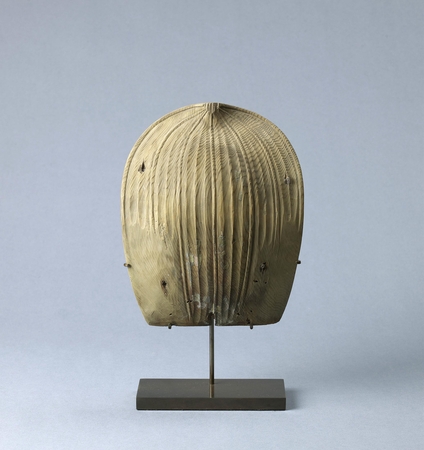Product Description
6663 A carved wood hasu no hanabira (lotus petal).
Japan 14th century Nambokuchō period
Dimensions:
with stand
H. 12¼” x W. 7½” (31cm x 19cm)
without stand
H. 9″ x W. 7½” (23cm x 19cm)
The symbolism of the hasu (lotus) has its roots in the Buddhist traditions of India and China, later transmitted to Japan, and is considered a sacred flower and a symbol of purity. The lotus blossom serves as a metaphor for the attainment of enlightenment in the mundane world. Carved, painted, embroidered, and worked in metal, the flowers are ubiquitous symbols in Buddhist temples, and many Buddhist deities are traditionally shown seated or standing on lotus bases.
The lotus symbolises the cycle of life but is also linked with the rituals of death, for it is associated with transformation in the Buddhist heaven where new souls in paradise are said to appear seated on lotus blooms. It also holds many other auspicious meanings including harmony, love, sympathy and prosperity.





